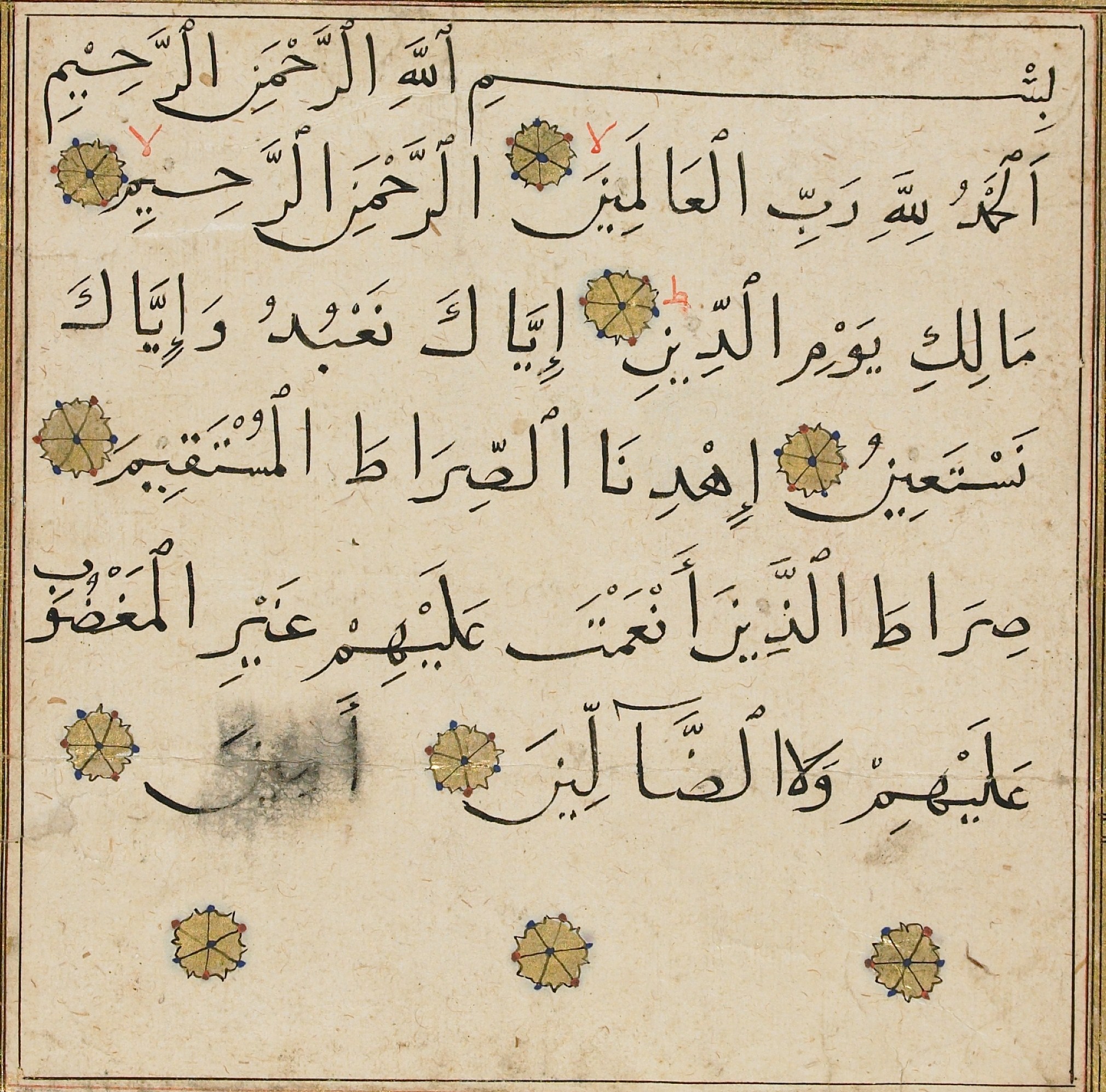Culture Entry #2
Will Orman
Will Orman
The origins of Arabic calligraphy lie in the desire of
Islamic leaders to avoid using images to represent God or his creations, as
this practice might have led to idolatry. Calligraphy is also considered to be
inherently imbued with religious significance because the Qur’an was written in
Arabic. For these reasons calligraphy is used in almost all forms of Islamic religious
expression to this day.
There are various types of scripts with particular
characteristics that distinguish them. Kufic writing, which is more commonly
found in mosques in the western Arab world and also on ancient coins, can be
identified by a somewhat geometric style and a focus on horizontal lines. It is
now primarily used for decoration, usually with less readability.
Cursive styles, which are more legible and easier to write
than Kufic, were first developed in the 10th century in a movement
spearheaded by Ibn Muqla Shirazi, a Persian official in the Abbasid Caliphate.
There were originally six different scripts, though some of them are more
difficult to distinguish between for lack of examples in ancient texts. The
most common was Naskh, which was eventually used for the Qur’an and is the
basis of modern print.
Thuluth, which means one third, can be identified by the
sloping style of each letter, and it is named for the principle that one third
of each letter must slope.
Other scripts include Tawqi’ and Muhaqqaq, each of
which have miniature versions, Riqaa’ and Rihani respectively. Tawqi was used
primarily to sign official acts, and Muhaqqaq was often used to duplicate loose
sheets of the Qur’an. The word muhaqqaq means consummate or clear, and was
originally used to describe particularly well-executed calligraphy.
Tawqi:
Muhaqqaq:
To circumvent the issue of visual representation, some
calligraphers produced calligrams, which could be human-like figures using
written words like Allah and Muhammad woven into each other, as well as animals
with religious significance and various man-made objects such as boats and
mosques. This practice is connected to Muslim mysticism and is found in many
other countries surrounding the Arab world, such as Turkey, old Persia, and
India.
Professional calligraphers generally do not acknowledge calligrams
as appropriate usage of calligraphy, but this form of expression continues to be
very popular. A graduate from my high school in Nashville, Everitte Barbee, moved
to Beirut and makes calligrams on commission, focusing on such projects as
representing the entire Qur’an with different images and occasionally on social commentary about the Arab world.
http://everitte.org/
Sources:


.jpg)















